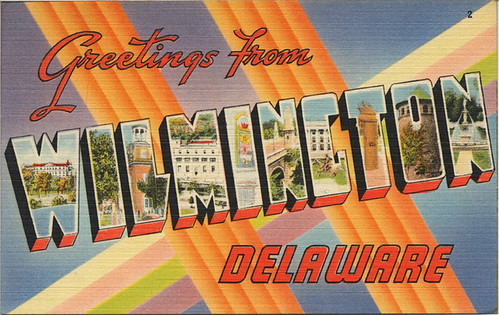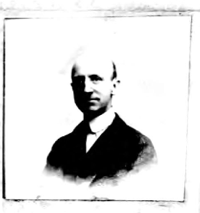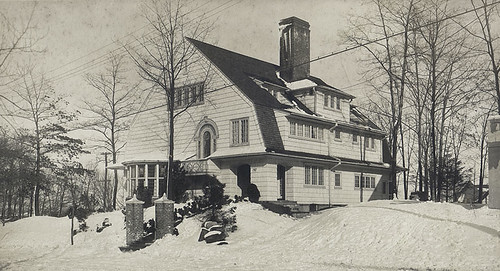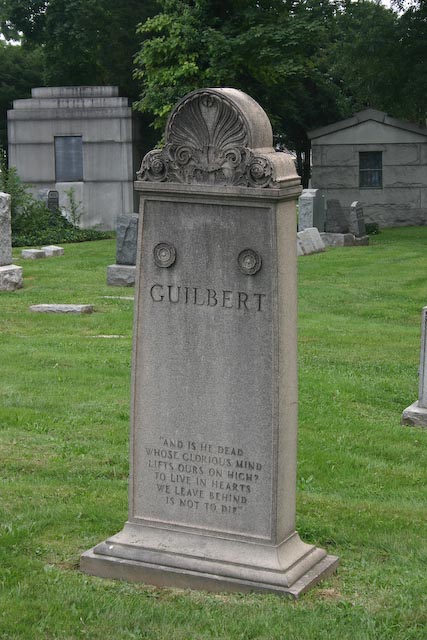In March, 2008, I took a three-day excursion to James Betelle’s hometown of Wilmington, Delaware. My plan was to visit a few research libraries, see significant locations, and, well, just get a sense of where Betelle came from. What follows is a recreation of the trip presented in the dramatic diary format.
Thursday, March 13.
6:30 pm: After an early dinner, kissed the wife and boy and saddled up in the Volvo. I left like a sad-sack businessman trudging off to a shower curtain manufacturer’s convention in Boise—except it would be Delaware and a dead architect. Programmed my stops into the ludicrously indispensable GPS and headed down through the swamps of Jersey.
9 pm: Arrived at the outskirts of Wilmington on a US Route-type highway—the kind peppered with strip malls, theme restaurants and carpet stores. Taking in this bland vista I joked to myself, “no wonder Betelle left.” Yes, you tend to talk to yourself on long solo drives. My hotel, a Courtyard by Marriott, was down a short access road, flanked by two others like circling wagons.
As I pulled into the lot, I noticed across the road a TGI Fridays, a Lone Star Steakhouse and an Olive Garden—a culinary trove. A very tall, thin gentleman in a purple suit bearing the name tag “Stretch” checked me in. The room was decent and had internet access, but the view of the dumpsters was not particularly inspiring.



 John Wesley Betelle was born, lived and died in Delaware. Spending most of his life as a clerk for the B&O Railroad in Wilmington, I suspect he traveled very little, if he left the state at all.
John Wesley Betelle was born, lived and died in Delaware. Spending most of his life as a clerk for the B&O Railroad in Wilmington, I suspect he traveled very little, if he left the state at all.


